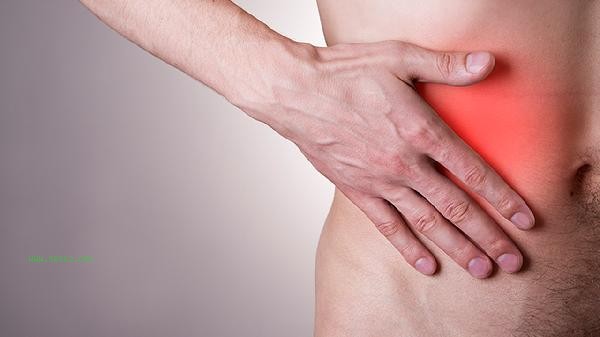The excess fat on both sides of the waist is usually caused by fat accumulation, which can be gradually reduced by adjusting the diet structure, targeted exercise, and improving lifestyle habits.

1. Dietary Adjustment
Reduce refined carbohydrates intake, replace staple foods such as white rice and noodles with whole grains, and control daily total calories. Increasing the intake of high-quality protein, such as chicken breast, fish, and soy products, can help maintain muscle mass and improve metabolism. Ensure a daily intake of at least 500 grams of non starch vegetables, such as broccoli and spinach, which are rich in dietary fiber and can enhance satiety. Avoid high sugar beverages and alcohol, as these hidden calories can hinder fat breakdown. The main cooking method is steaming and boiling, reducing the amount of oil used.
2. Core reinforcement training
Side plank support can directly stimulate the oblique muscle of the abdomen, with each group holding for 30 seconds, 3 groups per day. The Russian rotation movement needs to be accompanied by weight-bearing rotations, 20 times per group, and attention should be paid to controlling the rotation amplitude to avoid lumbar compensation. Mountaineering and running simulation training can activate both the core and lower limbs simultaneously, with better intermittent training results every minute. When swimming, using freestyle or side kicks can evenly exercise the waist and abdominal muscles through water resistance. Perform kettlebell swing training three times a week, using hip force to rotate the trunk and burn fat in the lower back.
3. Combining aerobic exercise with [SEP], choose sports that can drive the rotation of the trunk, such as adding side flash movements during boxing air strike training, and burn the reserve fat in the waist and abdomen for 20 minutes each time. The skipping rope adopts the cross jumping method, which enhances the participation of the side waist by swinging the arms in a cross motion. During elliptical machine training, adjust the resistance to medium to high intensity and continue pedaling while maintaining a stable posture of the torso. Intermittent variable speed running twice a week, alternating between fast and slow to stimulate lipolytic enzyme activity. Dance movements such as Latin dance can effectively tighten the waistline by swinging the hips.
4. Body Management

Maintain a standing posture with a contracted abdomen in daily life to avoid false excess fat caused by pelvic tilt. When sitting for a long time, use a lumbar cushion to maintain the physiological curvature of the lumbar spine, and do lateral stretching every hour when getting up. When sleeping in a lateral position, place a pillow between the knees to prevent excessive stretching of the waist muscles. Avoid carrying weight on one side of the backpack and regularly exchange shoulders to prevent muscle imbalance. Perform Pilates breathing training to enhance core stability through intercostal muscle contractions.
5. Metabolic optimization
ensures 7 hours of deep sleep per day, and the peak secretion of growth hormone helps with fat breakdown. After drinking warm water on an empty stomach in the morning, do a 5-minute side waist twist to stimulate intestinal peristalsis and reduce bloating in the waist and abdomen. Moderate supplementation of vitamin B and magnesium elements promotes the activity of glucose and lipid metabolism enzymes. Managing stress levels, elevated cortisol levels can cause fat to redistribute to the waist and abdomen. Regularly take alternating hot and cold showers to improve local blood circulation rate.
Reducing excess fat on the waist side takes 4-8 weeks to show results. It is recommended to measure waist circumference weekly and take photos to record. In terms of diet, you can try the Mediterranean diet model by replacing animal oil with olive oil and consuming nuts in moderation to supplement healthy fats. The exercise plan should be gradual, with low-intensity aerobic training being the main focus in the early stages and resistance training increasing in the later stages. To avoid rapid weight loss causing skin sagging, the monthly weight loss should not exceed 5% of the total body weight. If accompanied by symptoms of lower back pain, lumbar problems should be investigated, and women should pay attention to endocrine factors such as polycystic ovary syndrome. Long term maintenance requires establishing healthy lifestyle habits and avoiding the yo yo effect caused by repeated dieting.







Comments (0)
Leave a Comment
No comments yet
Be the first to share your thoughts!